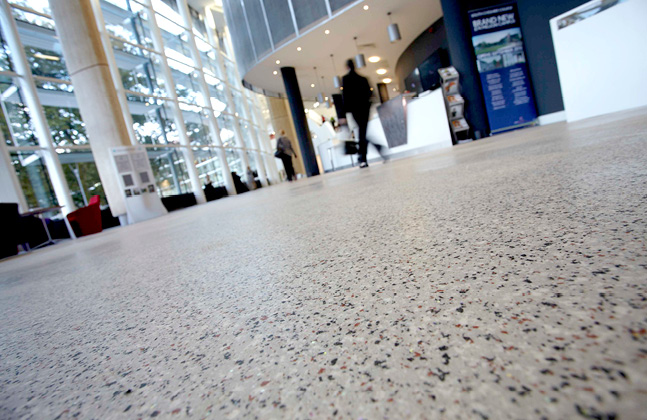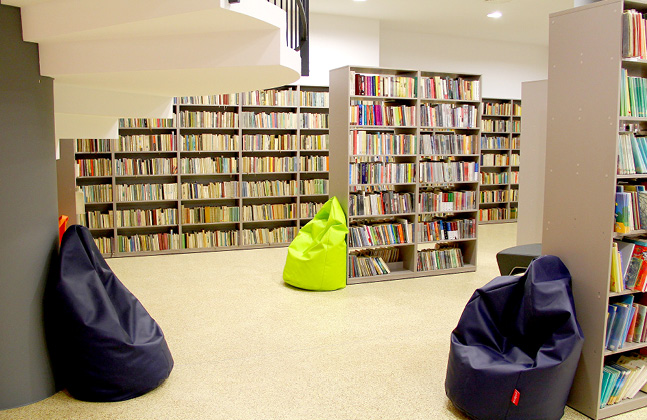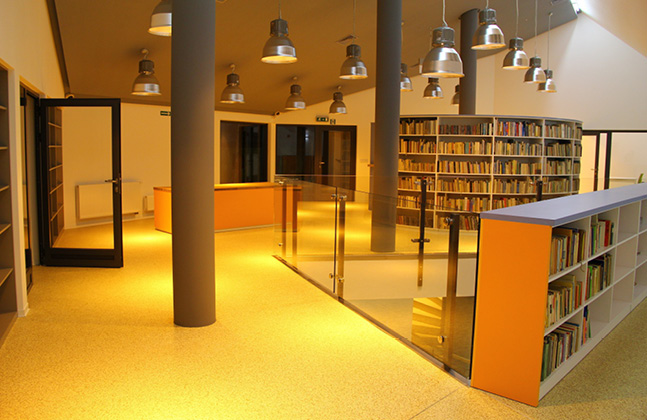With Education Estates 2015 taking place next week, we thought we’d look at flooring solutions for different areas of an educational facility in a series of blogs – with the first post examining the flooring requirements, challenges and solutions within teaching areas.
The majority of teaching environments share similar flooring criteria, as it is important that all areas of a school are easy to clean and robust enough to withstand constantly high levels of foot traffic, potential spillages of food and drink, frequent cleaning and dropped items.
The seamless, impervious nature of resin flooring is therefore an advantage, as it allows for dirt and contaminants to be quickly cleaned away. The hardwearing formulation of these systems means that they can retain a high performance finish for an extended period of time, minimising the need for costly and disruptive flooring refurbishments.
Combining Functionality and Aesthetics
One reason that some schools may opt for soft floor coverings is to minimise the ‘institutional’ effect of a hard floor’s appearance, in order to create a pleasant learning environment. However coverings like this, such as carpets, are harder to clean and can deteriorate quickly.
Seamless resin terrazzo systems, such as Flowcrete UK’s Mondéco range, are ideal at creating floor areas that are both practical and also highly decorative. This type of flooring can even be custom-made to the school’s specific design desires, with colours, patterns or decorative aggregates that help to develop a high quality learning space.
Tailoring Floors to the Curriculum
However certain classrooms will need floors tailored to specific teaching and environmental considerations, such as:
- Design & Technology: In subjects such as this the floor could be subjected to forceful impacts from dropped tools as well as trolleys carrying heavy equipment and spillages of glue, paint and machine lubricants. A floor with high scratch, chemical and abrasion resistance qualities such as Peran STB is vital in such a location.
- Sports Halls: There are a variety of anti-slip, abrasion resistance, signage, light reflectivity, load bearing, cleanliness and durability issues at play when it comes to sports hall flooring. Make sure that all of these points are thoroughly covered when specifying the surface of this, often central, part of a school.
- Food Tech: Areas where contamination can be a serious hygiene risk should consider installing a finish with an in-built antimicrobial additive, such as Flowfresh, to enhance the floor’s hygiene credentials.
- Science Classrooms: Exposure to chemicals is obviously a paramount flooring concern in science labs! Click here to find out how Cleeve School in Cheltenham created a vibrant floor finish that would protect against chemical spillages from experimental students.
To find out more about flooring for educational establishments, talk to the Flowcrete UK experts on stand A6 of Education Estates 2015. If you have yet to register for the event but would like to attend then click here.







